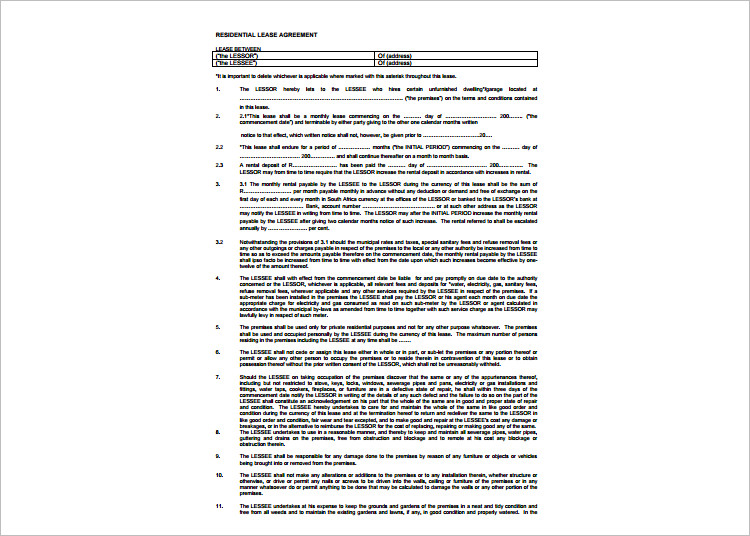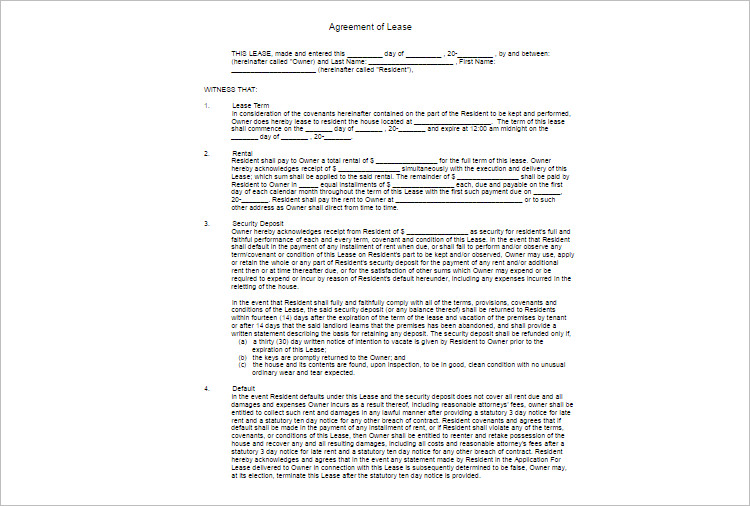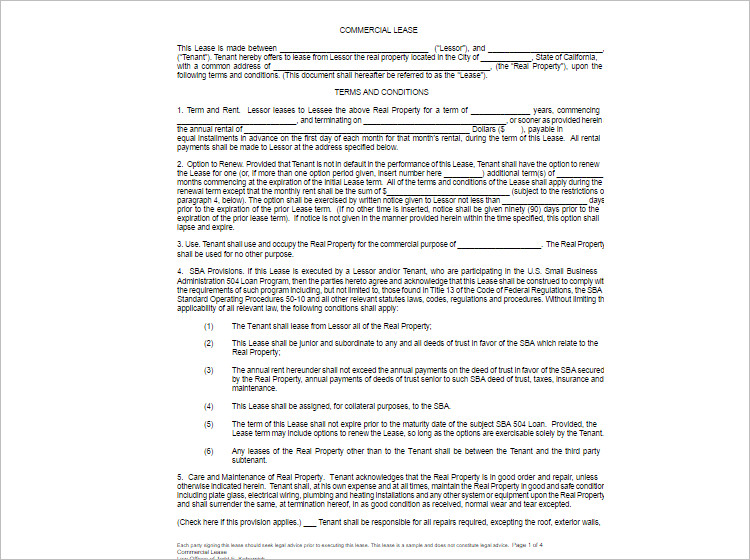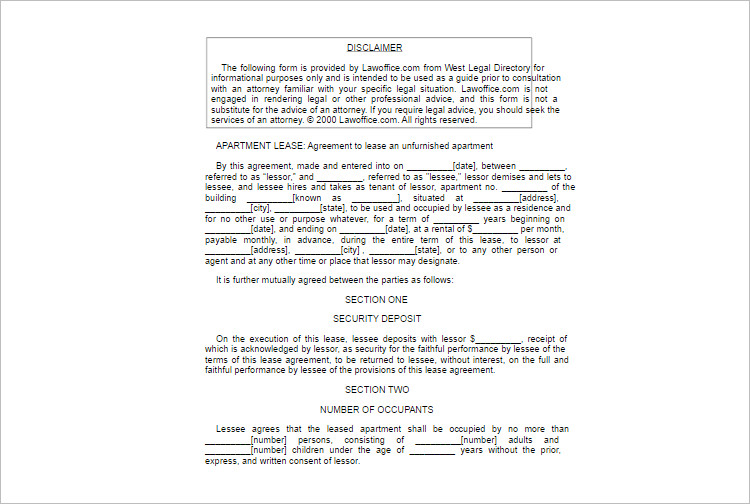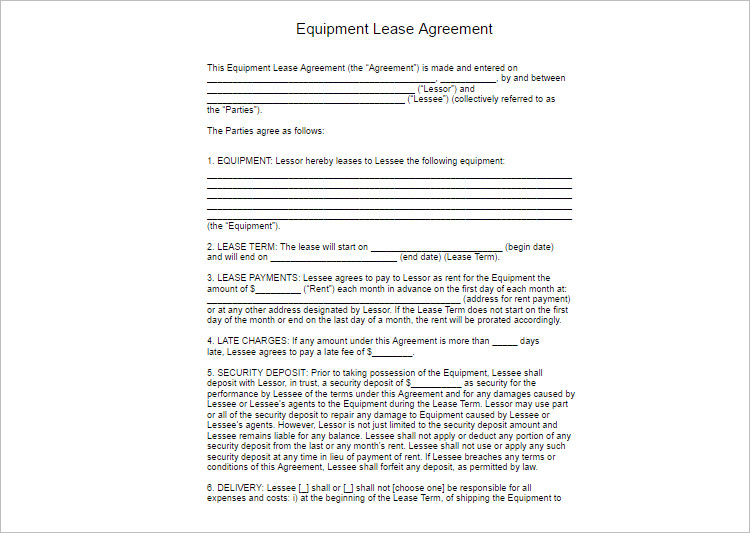Lease agreements serve as the cornerstone of landlord-tenant relationships, outlining the terms and conditions of renting a property. These legally binding documents provide clarity and protection for both parties involved. In this article, we explore the significance of lease agreement templates and their role in facilitating smooth and transparent lease transactions.
Understanding Lease Agreement Templates
At their essence, lease agreement templates are standardized forms that outline the terms and conditions of a rental arrangement. These templates typically cover essential aspects such as the duration of the lease, rent amount, security deposit, responsibilities of both parties, and rules regarding the use of the property. By providing a structured framework, lease agreement templates ensure that critical details are documented clearly and comprehensively.
Tailoring to Specific Needs
While lease agreement templates offer a standardized format, they are also flexible enough to accommodate variations based on specific rental situations. Whether it’s a residential lease, commercial lease, or lease for a furnished property, templates can be customized to address unique requirements. Landlords and tenants can modify clauses or add additional terms to reflect their agreement accurately. Customization ensures that the lease agreement aligns with the intentions and expectations of both parties.
Legal Compliance and Protection
One of the primary benefits of using agreement templates is their adherence to legal standards and regulations. These templates are often drafted by legal experts or industry professionals, ensuring compliance with relevant laws governing landlord-tenant relationships. By incorporating legally sound language and clauses, lease agreement templates protect the rights and interests of both landlords and tenants. Additionally, they help mitigate disputes by clearly defining rights, obligations, and remedies in case of breaches.
Clarity and Transparency
Clarity and transparency are paramount in any contractual relationship, especially in the realm of leasing. Lease templates promote transparency by clearly articulating the terms and conditions of the lease in plain language. From rent payment schedules to maintenance responsibilities, all aspects of the rental agreement are documented comprehensively. This transparency fosters mutual understanding and helps prevent misunderstandings or disputes during the tenancy.
Facilitating Efficient Transactions
By providing a standardized framework, lease agreements streamline the rental process, making it more efficient for both landlords and tenants. Instead of starting from scratch, parties can use pre-existing templates as a starting point, saving time and effort in drafting agreements. This efficiency is particularly beneficial in situations where multiple leases need to be executed, such as property management companies or real estate agencies.
Conclusion: Empowering Landlords and Tenants
In conclusion, agreement templates play a crucial role in facilitating smooth and transparent lease transactions. They provide a structured framework, ensure legal compliance, and promote clarity and transparency in rental agreements. Whether it’s a residential lease, commercial lease, or any other rental arrangement, utilizing well-designed lease agreement templates empowers both landlords and tenants to enter into agreements with confidence and clarity.
